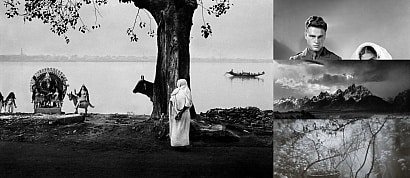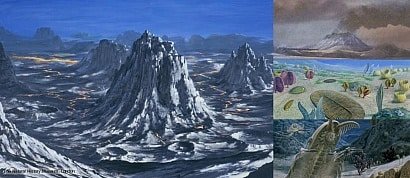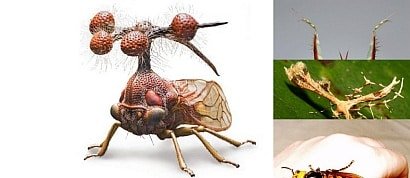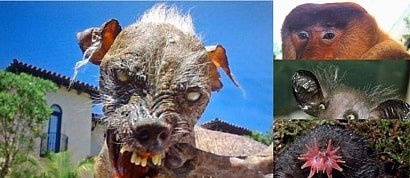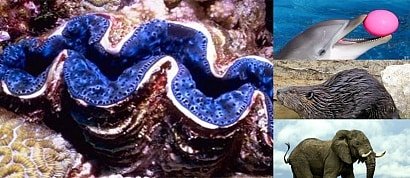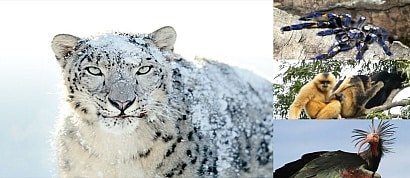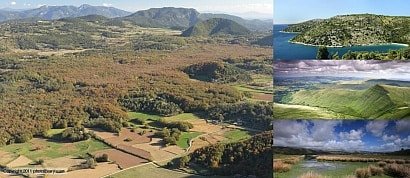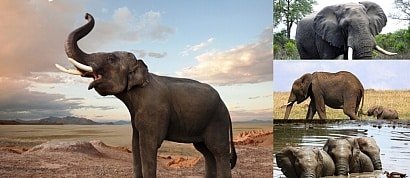Adorable Hatchlings That Are Too Cute For Their...
 Add image to section
Add image to section
Loggerhead sea turtle
 Add image to section
Add image to section
Duck
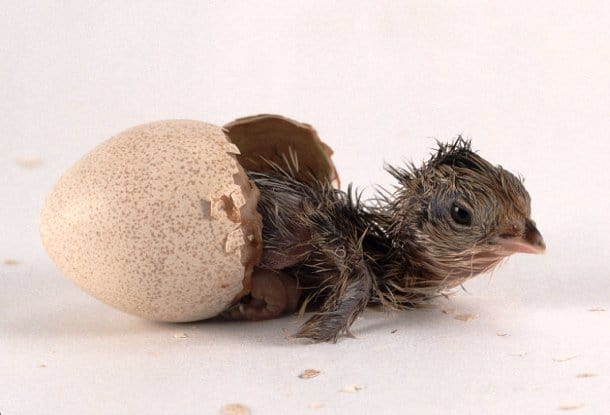
Ducks are mostly aquatic birds found in both fresh water and sea water. Most ducks are monogamous and breed once a year, choosing to do so in favorable conditions. Mother ducks are very caring and protective of their young, but may abandon some of their ducklings if they are physically stuck in an area they cannot get out of or are not prospering due to genetic defects.
 Add image to section
Add image to section
Octopus

Octopuses are among the most intelligent and behaviorally flexible of all invertebrates. All 300 recognized species are venomous, but only one group, the blue-ringed octopus, is known to be deadly to humans. After they have been fertilized, female octopuses can lay as many as hundreds of thousands of eggs.
 Add image to section
Add image to section
Snow hognose snake
 Add image to section
Add image to section
Platypus
 Add image to section
Add image to section
Swan
 Add image to section
Add image to section
Alligator

There are only two living alligator species now – the American alligator and the Chinese alligator. The sex of the offspring is determined by the temperature in the nest and is fixed within 7 to 21 days of the start of incubation. If the temperature is lower than 86 °F (30 °C), it will be a clutch of females. If it is of 93 °F (34 °C) or higher, it will produce entirely males.
 Add image to section
Add image to section
Red king crab

Native to the Bering Sea, red king crab is the most coveted of the commercially sold king crab species. Despite the tiny babies, they can grow to a leg span of 1.8 m (5.9 ft) and their carapace can be as wide as 28 cm (11 in). It was named after the color it turns when it is cooked rather than the color of a living animal.
 Add image to section
Add image to section
Chameleon

The’re approximately 160 known species of chameleon which come in a range of colors, and patterns. Chameleons are famous for their independently MOBILEeyes and their ability to change their colors. Chameleon eggs generally hatch after 4 to 12 months, depending on species but the eggs of Parson’s chameleon, a species which is rare in captivity, are believed to take more than 24 months to hatch.
 Add image to section
Add image to section
Golden eagle

Golden eagle is the most widely distributed species of eagle in the world. Their clutches have been RECORDED range in size from 1 to 4 eggs, though two is the norm with an incubation period of about 41 to 45 days. The golden eagle chick may be heard from within the egg 15 hours before it begins hatching.
 Add image to section
Add image to section
Hermann's tortoise

Hermann’s tortoises are small to medium-sized tortoises native to southern Europe. Between May and July, females deposit between 2 and 12 eggs into flask-shaped nests dug into the soil. The pinkish-white eggs are incubated for around 90 days and, like with many reptiles, the temperature at which the eggs are incubated determines the hatchlings sex.
 Add image to section
Add image to section
Flamingo
 Add image to section
Add image to section
Echidna

Echidna is one of four extant species that are the only extant mammals to lay eggs. Endemic to Australia and New Guinea, echidnas evidently evolved between 20 and 50 million years ago. The female lays a single leathery egg 22 days after mating, and deposits it into her pouch. Hatching takes place after 10 days. The young echidna then sucks milk from the pores of the two milk patches and remains in the pouch for 45 to 55 days, at which time it starts to develop spines.
 Add image to section
Add image to section
Nile crocodile

This African crocodile is the second largest extant reptile in the world, after the saltwater crocodile. On average, the Nile crocodile is between 4.1 meters (13 ft) to 5 meters (16 ft) long, but specimens measuring up to 6.1 meters (20 ft) in length and weighing 907 kg (2,000 lb) have been RECORDED. Female lay between 25 and 80 eggs. At birth, the hatchlings are just about 30 cm (12 in) long.
 Add image to section
Add image to section
Fiji tree frog

Officially known as Platymantis vitiensis, the Fiji tree frog is one of two endemic frogs in Fiji. It is a locally common species that lives in moist tropical lowland forests. Females lay around up to 60 eggs inside prepared nests. Embryonic development occurs around 30 days and the froglets hatch directly from these eggs forgoing to the tadpole stage.
 Add image to section
Add image to section
Ostrich

Native to Africa, the ostrich is a large flightless bird notable for its long neck and legs, and the ability to run as fast as 70 kilometers per hour (40 mph). The female ostrich lays her eggs in a huge single communal nest. Every hen can distinguish her own eggs from the others in the nest. The chicks hatch after 35 to 45 days.
 Add image to section
Add image to section
King cobra

Found in forests from India through Southeast Asia, the king cobra is the world’s longest venomous snake reaching up to 5.7 m (19 feet) in length. The king cobra is unusual among snakes in that the female king cobra is a very dedicated and careful parent. Females usually lay 20 to 40 eggs into the mound, which acts as an incubator. 45 to 55 cm (18 to 22 inches) long baby cobras hatch after 60 to 90 days.
 Add image to section
Add image to section
Humboldt penguin
 Add image to section
Add image to section
Galápagos tortoise

Galápagos tortoise is the largest living species of tortoise weighing up to 250 kg (550 pounds). With life spans in the wild of over 100 years, it is also one of the longest-lived vertebrates. Females lay up to 16 spherical, hard-shelled eggs into a 30 cm (12 in) deep cylindrical hole. Young animals usually emerge from the nest after 4 to 8 months and may weigh only 50 grams (1.8 oz).
 Add image to section
Add image to section
Komodo dragon

Found in several Indonesian islands, the Komodo dragon is the largest living species of lizard, growing to a maximum length of 3 meters (10 ft). The female lays her eggs in burrows cut into the side of a hill or in abandoned nesting mound. Clutches contain an average of 20 eggs, which have an incubation period of 7–8 months.
Load more items (5 more in this list)
Adorable Hatchlings That Are Too Cute For Their Own Good
Pictures of animal babies are among the cutest and most lovable things that can be found on the internet. While the viviparous animals´ birth itself is not always that cute (in some cases, such as a giraffe birth, it can even look pretty rough), animal babies hatching from their eggs are always adorable, no matter what species it is. So from baby baby turtles to playful ducks these 25 adorable hatchlings that are too cute for their own good will definitely make you smile.
Added to
People who voted for this also voted for
U.S.A National Parks
Best Albums by Solo Female Artists
Big Ben Scenes - Movies
Favorite Images : Photography B&W
French Directors
Thai Female Singers
Barbara Stanwyck - Favorite Movies
Berat, Albania
The Evolution Of: Charlotte Rampling
My Top 10 Films: Emily Watson
PANAMÁ
FRANCIA
Movies I Watched (2020)
Sports...Boxing Mike Tyson
1001 Animated Shorts You Must See - Part 2
More lists from Milena
Geological time periods
Creepiest Insects From Around The World
Mammals That Are Shockingly Ugly
Reasons The Animal Kingdom Is More Ridiculous ....
Of The Rarest Animals In The World
Places
Cool And Absolutely Extraordinary Elephant Facts
 Login
Login













